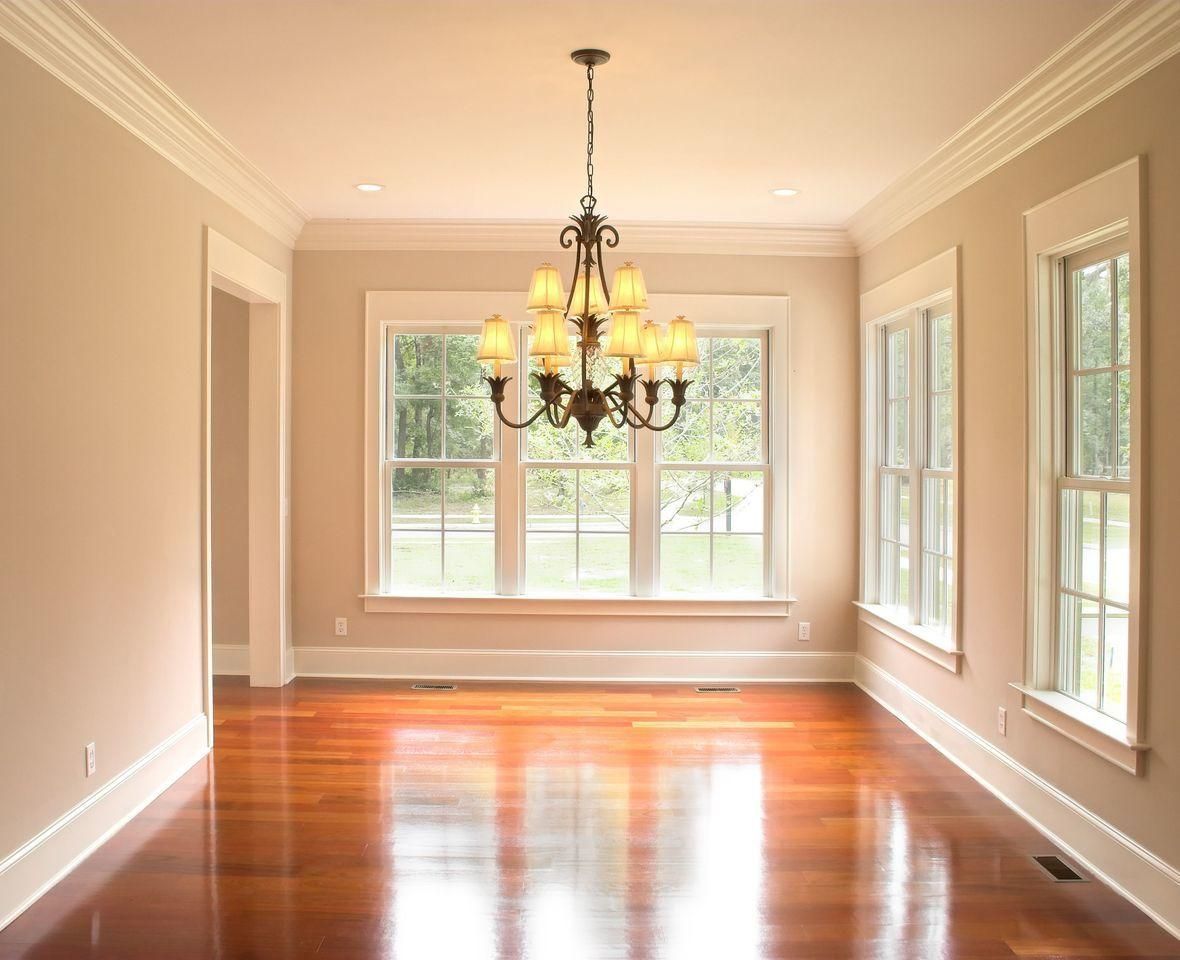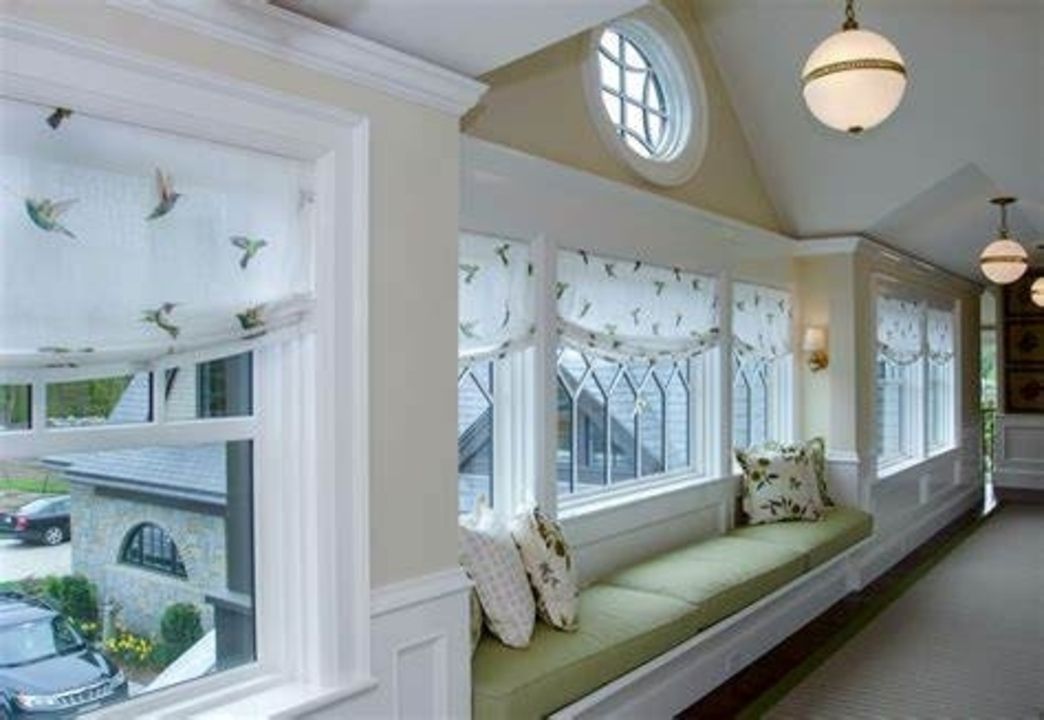Crown moulding is an architectural feature that can add elegance, charm, and sophistication to any room. In this comprehensive guide, we’ll explore everything you need to know about crown moulding, from its definition to installation techniques and design ideas.
What is Crown Moulding
Crown moulding, also known as cornice moulding, is a decorative trim installed along the seam where the ceiling meets the wall. It serves both practical and aesthetic purposes, providing a smooth transition between surfaces while adding visual interest and architectural detail to a room.
Types of Crown Moulding
Certainly! Here are some common types of crown moulding:
-
Wood Crown Moulding: Wood crown moulding is a classic choice known for its durability and versatility. It can be stained or painted to match any décor style and is available in various wood species such as oak, maple, pine, and cherry.
-
Plaster Crown Moulding: Plaster crown moulding adds an elegant and luxurious touch to interiors. It is typically custom-made on-site by skilled craftsmen and can feature intricate designs and details.
-
Polyurethane Crown Moulding: Polyurethane crown moulding is a lightweight and cost-effective alternative to wood and plaster. It is durable, easy to install, and resistant to moisture and insects. Polyurethane moulding comes in a wide range of styles and designs.
-
Medium-Density Fiberboard (MDF) Crown Moulding: MDF crown moulding is made from compressed wood fibers and resin, resulting in a smooth and uniform finish. It is affordable, easy to work with, and available in various profiles and sizes.
-
Flexible Crown Moulding: Flexible crown moulding is made from materials like polyurethane or rubber, allowing it to bend and conform to curved walls and architectural elements. It is ideal for use in rooms with non-standard or irregularly shaped ceilings.
-
Foam Crown Moulding: Foam crown moulding is lightweight, easy to install, and budget-friendly. It is typically made from expanded polystyrene (EPS) foam and comes in pre-cut sections that can be glued or nailed in place.
These are just a few examples of the types of crown moulding available. Each type offers unique advantages in terms of appearance, cost, and installation ease, allowing homeowners to find the perfect option for their needs and preferences.
Benefits of Crown Moulding
The addition of crown moulding can significantly enhance the overall look and feel of a space. Some key benefits include:
-
Adding architectural interest and character
-
Concealing imperfections in corners and transitions
-
Creating a sense of continuity and cohesion between walls and ceilings
-
Increasing the resale value of a home
How to Install Crown Moulding
While installing crown moulding may seem daunting, it’s a manageable DIY project with the right tools and techniques. Here’s a basic overview of the installation process:
-
Measure and plan: Determine the amount of moulding needed and create a detailed installation plan.
-
Prepare the surface: Ensure that the walls and ceiling are clean, smooth, and free of debris.
-
Cut the moulding: Use a miter saw to cut the moulding at precise angles for a seamless fit.
-
Install the moulding: Secure the moulding to the wall and ceiling using construction adhesive and finishing nails.
-
Fill and finish: Fill any gaps or nail holes with wood filler, then sand and paint the moulding to achieve a flawless finish.

Maintenance and Care
Proper maintenance is essential for preserving the beauty and integrity of crown moulding. Regular cleaning with a soft cloth and mild detergent can help remove dust and dirt buildup. Additionally, inspect the moulding periodically for signs of damage or wear, and address any issues promptly to prevent further deterioration.
Conclusion
Crown moulding is a timeless architectural feature that can elevate the look of any interior space. Whether you’re renovating an existing home or building a new one, consider incorporating crown moulding to add style, charm, and value to your surroundings.
FAQs
-
Is crown moulding difficult to install? While installing crown moulding requires precision and attention to detail, it’s a manageable DIY project for experienced homeowners or with the help of a professional.
-
How much does crown moulding cost? The cost of crown moulding varies depending on factors such as material, style, and installation method. On average, homeowners can expect to spend between $5 to $15 per linear foot for materials and installation.
-
Can crown moulding be installed in bathrooms and kitchens? Yes, crown moulding can be installed in any room of the house, including bathrooms and kitchens. However, it’s essential to choose moisture-resistant materials for areas prone to high humidity and moisture levels.

